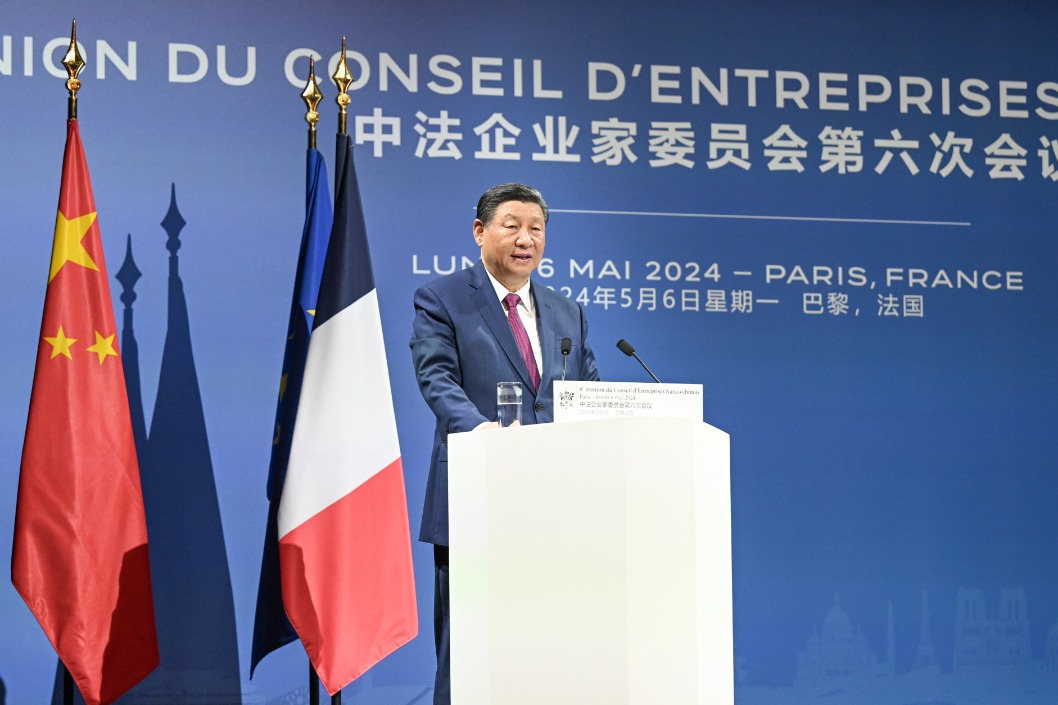Credit offtake contracts as COVID-19 dampens demand in China
By Chen Jia | China Daily | Updated: 2020-03-12 08:06

China's credit offtake contracted in February despite a faster growth in money supply as the novel coronavirus outbreak dampened consumption demand and delayed production, prompting experts to warn of inflation spikes in the absence of a quick rebound in economic activity.
The nation's new yuan loans declined to 900 billion yuan ($129.52 billion) in February, down from the historic 3.34 trillion yuan in January, the People's Bank of China, the central bank, said on Wednesday.
The M2, a broad measure of money supply that covers cash in circulation and all deposits, rose 8.8 percent year-on-year to 203.08 trillion yuan by the end of February, compared with a 8.4 percent growth in January, the PBOC said.
The growth in aggregate financing, a broader calculation of the funding provided to the real economy, including local government bonds, slowed to 855.4 billion yuan in February, sharply down from 5.07 trillion yuan in January, indicating lower financing demand in the nonfinancial sectors, according to official data.
Zhang Bin, a member of the China Finance 40(CF40) Forum and a senior researcher of the Institute of World Economics and Politics at the Chinese Academy of Social Sciences, said that weak demand amid the novel coronavirus outbreak has constrained credit growth, and policies should focus on accelerating production resumption while preventing a sharp credit crunch in the following months.
The benchmark CSI 300 index plunged 1.33 percent to 4028.43 points at the close on Wednesday, following a surge of 2.14 percent on Tuesday, as investors worried faster cross-border spread of the virus may hurt market sentiment and disrupt global supply chains.
China has taken proactive fiscal policies and targeted monetary actions, including government subsidies for virushit companies and lower lending rates for small and medium-sized businesses.
The nation's consumer inflation maintained a high level of 5.2 percent year-on-year, the National Bureau of Statistics (NBS) reported on Tuesday, as the growth in food prices accelerated. The producer price index (PPI) inflation turned negative at-0.4 percent at the same time.
Price indicators could also indicate the supply disruptions and demand contraction amid the coronavirus outbreak, said Li Zhennan, an economist with Goldman Sachs (Asia).
Economists warned that the key task is to speed up production resumption and avoid too much aggressive monetary stimulus, which may further boost inflation or increase bubbles in the capital market.
























